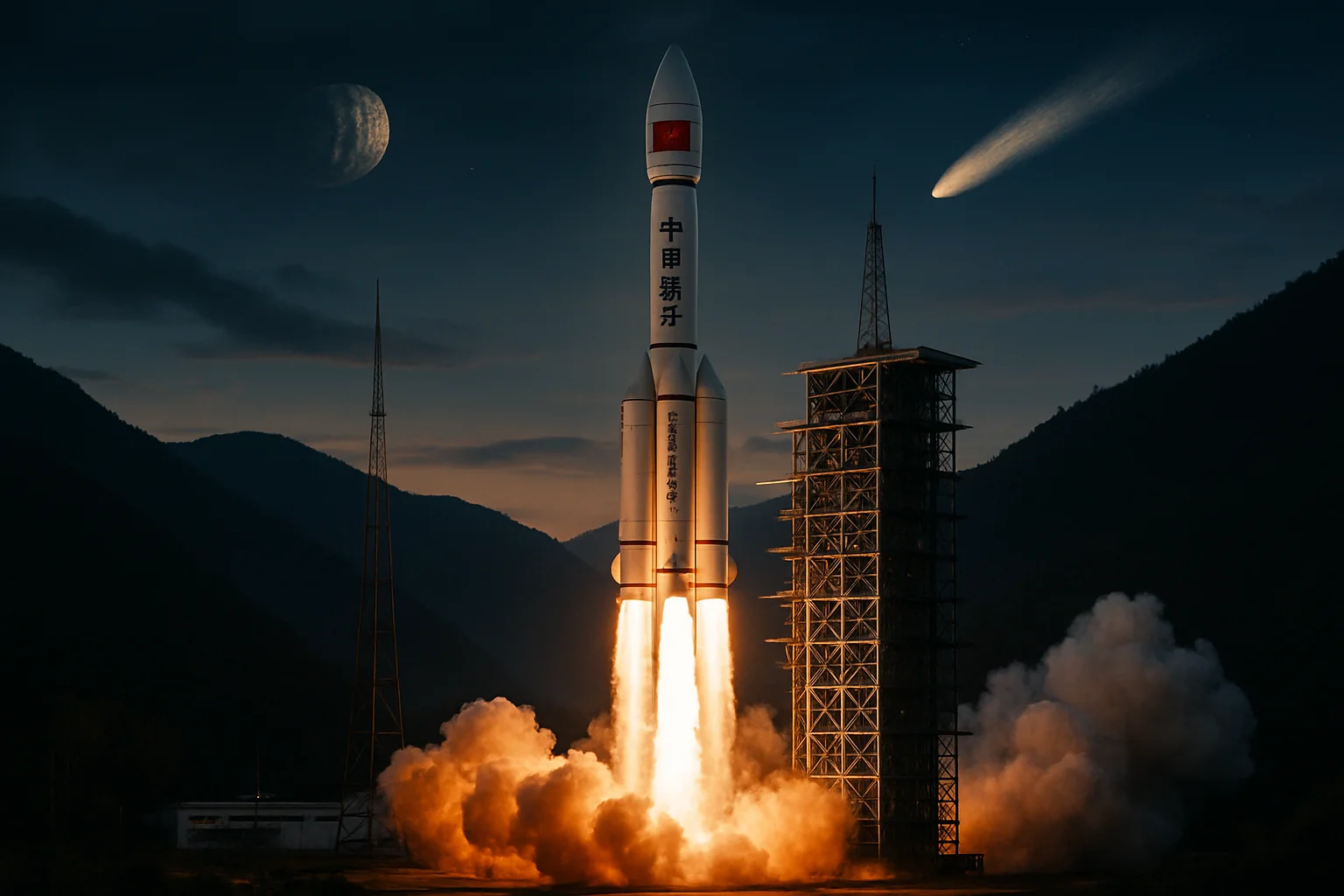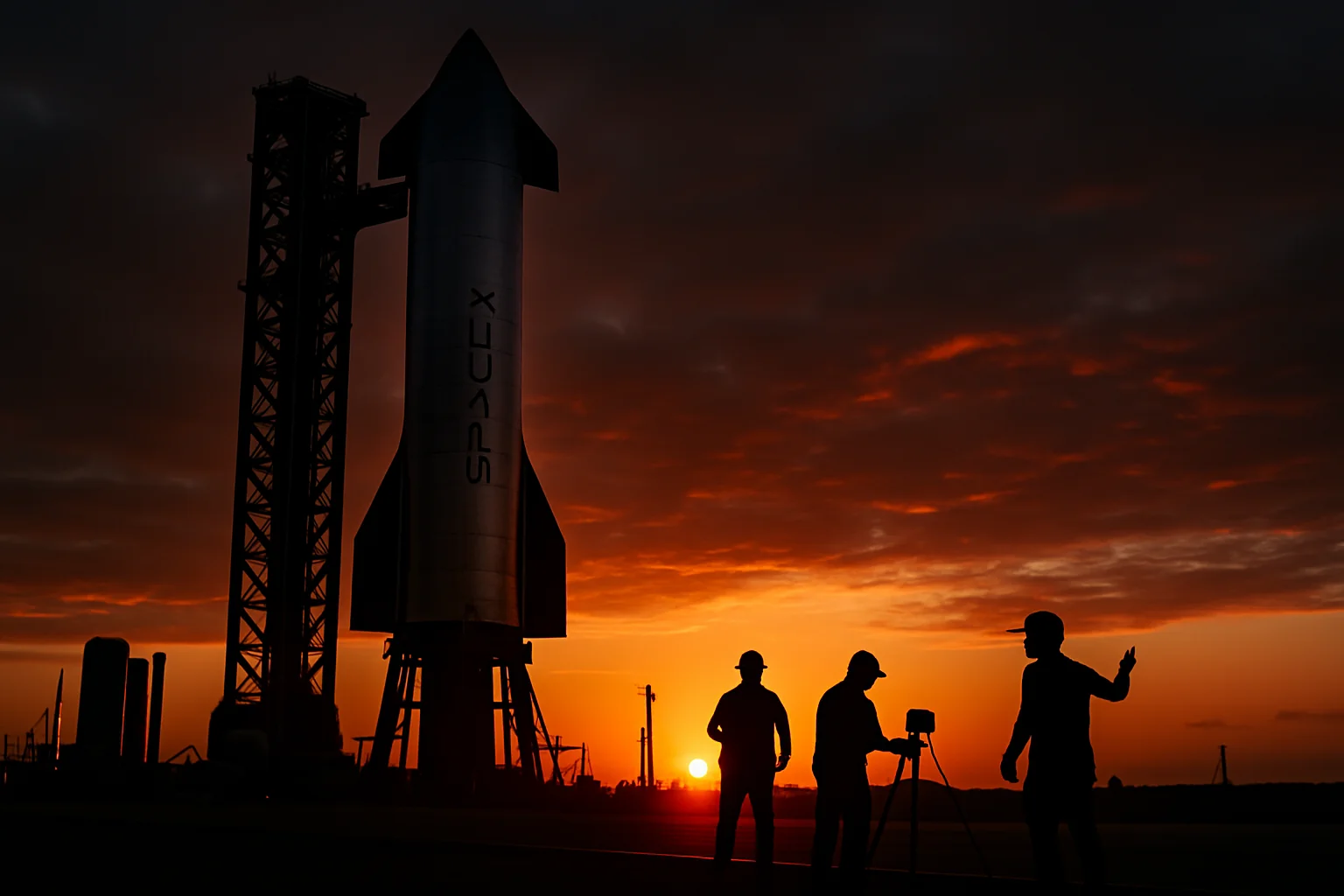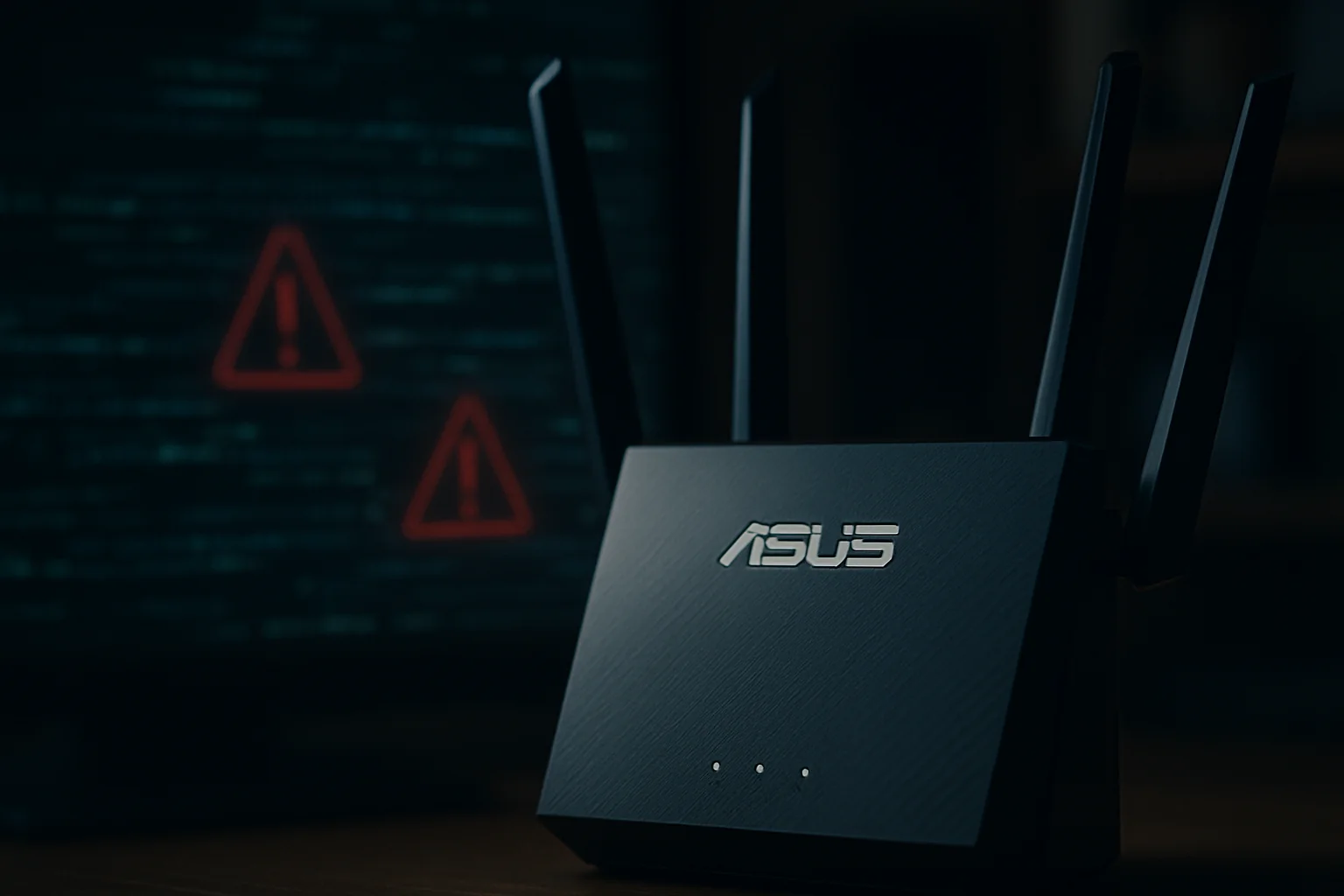China has taken a significant leap in space exploration with the successful launch of its Tianwen-2 spacecraft, designed to collect samples from an unexplored asteroid and return them to Earth. The mission began with a liftoff aboard a Long March 3B rocket from the Xichang launch base at 1:31 pm EDT (17:31 UTC), marking the start of China's second major interplanetary mission.
Tianwen-2: A Dual-Purpose Mission
The Tianwen-2 mission follows the landmark Tianwen-1, which made China the first nation to land a spacecraft on Mars in 2021. Shortly after launch, the 2.1-metric ton spacecraft successfully deployed its fan-shaped solar arrays, setting the stage for a decade-long journey through the Solar System.
The mission has two primary objectives. First, Tianwen-2 will travel to the near-Earth asteroid 469219 Kamoʻoalewa (2016 HO3) to collect a rocky sample from its surface. The spacecraft is expected to return this material to Earth in late 2027, providing scientists with valuable insights into the asteroid's composition. After releasing its sample carrier for Earth re-entry, Tianwen-2 will embark on a new trajectory toward a mysterious comet-like object located between the orbits of Mars and Jupiter.
Expanding China's Space Ambitions
Tianwen-2 represents China's first attempt to bring back material from beyond the Moon, building on its previous lunar sample return missions. These achievements have positioned China as a leader in 21st-century lunar exploration, though the nation still trails the United States in broader Solar System exploration. NASA and Japan's space agency have already returned asteroid samples, and the European Space Agency has orbited a comet. Tianwen-2 aims to combine both feats in a single mission.
A Unique Target: Asteroid Kamoʻoalewa
The chosen asteroid, Kamoʻoalewa, is less than 60 meters (200 feet) in diameter and may consist of material ejected from the Moon in ancient times. Scientists hope that analysis of the returned samples will shed light on this hypothesis. Kamoʻoalewa is classified as a "quasi-satellite" of Earth, with an orbit around the Sun that closely matches our planet's, keeping it relatively nearby and making it an ideal candidate for sample return.
With Tianwen-2, China continues to expand its reach into the Solar System, pushing the boundaries of its technological capabilities and scientific ambitions.




